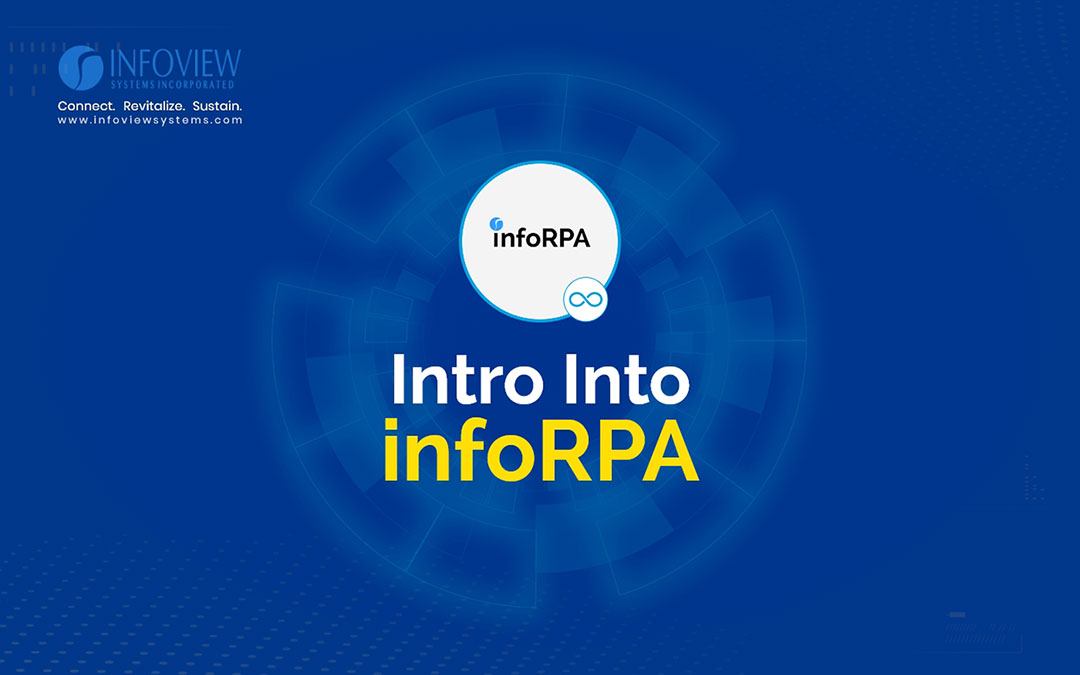Businesses always look for ways to improve their operational efficiency, and process automation plays an important role in this journey across all verticals and practice areas. The traditional IT role in process automation involves “deep integration” approaches, where applications can “talk” to each other via API calls, database integrations, or asynchronous events. Mature integration teams running on capable enterprise-grade platforms that combine API and event capabilities can rapidly deliver these integrations for most endpoint systems. The highly complementary approach is to automate user-facing processes with the new class of tools collectively referred to as Robotic Process Automation (RPA). The main objective of an RPA tool is to mimic human interactions on a computer, which entails a variety of functionalities such as navigation, data entry, screen capture, and other defined actions.
RPA tools are beneficial to all industries such as financial, healthcare, manufacturing, and customer service just to name a few. Companies benefitting the most are typically running on legacy applications that have no API, database, or other programmatic integration points. For these older systems, the UI is the only way to interact with the application, enter the data and execute business logic for company critical business processes. Automating user actions with the help of RPA tools may be the only viable option for integrating with these legacy systems with commerce platforms, trade partners, and internal applications. Stating the obvious, the automation of manual steps also increases data accuracy, reduces the chance of process exceptions, and ultimately improves operational efficiency.
There are several flavors of RPA tools in the market. Most vendors offer comprehensive suites of products that have their roots in business process management (BPM) stacks, can span multiple systems, and support user and automated actions across multiple legacy systems in an end-to-end workflow. Many of these products offer image recognition and AI / ML capabilities to detect the input fields, interpret the exception messages, and determine the right next step, as well as their own platforms for authoring and operating automation. This rich feature set comes at a cost – the literal rather high cost of the RPA platform, coupled with training requirements and longer delivery and operations cycles for the resulting automation.
We created infoRPA is an alternative solution exclusively focused on IBM i (formerly known as AS/400 and iSeries) platform. Simple open-source connector for MuleSoft (and soon to be implemented Confluent / Kafka and other integration platforms) offers developer-friendly scripting capability for running simple and advanced green screen navigation flows directly from the integration platform without any extra software required for flow authoring or operations. infoRPA could be used in place of or as a complementing tool for more robust, feature-rich, complex, and expensive RPA solutions.
Regardless of the RPA platform choice or deployment option, companies realize great benefits and efficiencies by automating most manual steps for their key business processes. Contact us to learn more about infoRPA or other automation solutions.

Trackbacks/Pingbacks